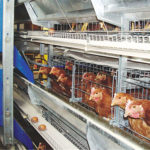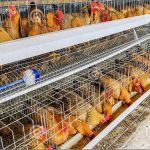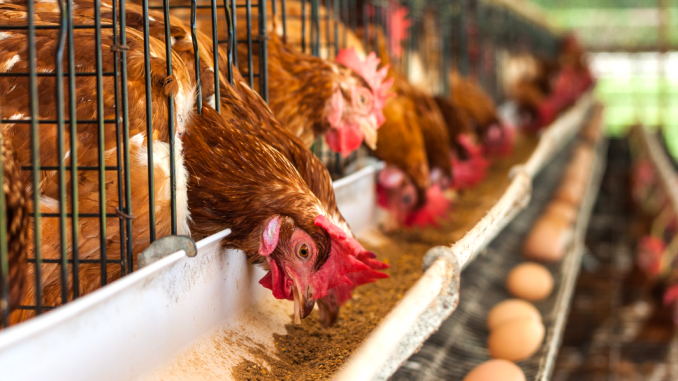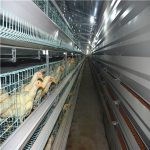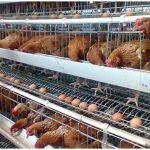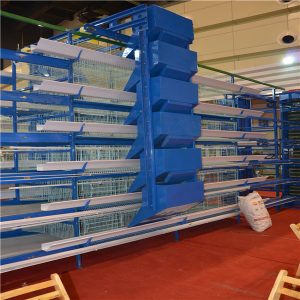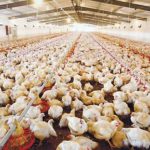First, the feed prepared by the feed should be based on the different growth stages of the flock, and a reasonable ratio of energy, protein and other nutrients. The selection of the nutrient raw materials in the formula should be screened out at the lowest cost, and the prepared feed should be palatable, comprehensive in nutrition, and low in price. For chickens of different ages, different shapes of feed should be chosen. In the early stage of brooding, the powder is used for feeding, so that the chicks can fully feed the feed, and the crushed material is selected during the late brooding and breeding period. The pellet feed is used during the laying period, so that the palatability is improved according to the physiological characteristics of the chicken, and the nutrition is balanced. Not easy to lose.
Second, strengthen feeding management
1. Less feeding. It has been reported that when the feed is added to 2/3 of the trough, the feed is wasted 12%; when added to 1/2, it is wasted 5%; when added to 1/3, it is wasted 2%. Therefore, the feeding of cage chickens should not exceed 1/3 of the trough. For flat chickens, it should also be done with less feeding, too much to make the feed contaminated by chicken manure, or chicken claws to feed the feed out of the trough. 2. Correctly control the amount of feeding. Chickens of different ages are fed differently. During the brooding of laying hens, the flocks grow fast, and the daily feeding amount should be adjusted in time to make the chickens full and not wasted. During the breeding period, it is necessary to carry out restricted breeding. If the restriction is not used, not only the feed is wasted, but also the chicken body is over-fertilized and affects the egg production rate in the future. The broiler breeder should be strictly restricted in combination with the growth and development of the flock. The success of the restriction feed directly affects the performance of the production. 3. Break in time. The flocks are cut off at 7 to 10 days of age, which not only prevents future sputum, but also effectively reduces feed waste, and generally saves about 3% of feed. 4. Drinking water device. The use of the nipple type water diversion device not only saves a lot of water compared to the small trough water diversion device, but also effectively prevents the chicken from feeding the feed into the water tank, resulting in waste of feed and pollution of water sources.

Third, strengthen the preservation of feed
The storage of the feed must be in a dry, cool, well-ventilated place. The formulated feed should not be stored for too long to prevent loss of nutrients in the feed. In the humid and rainy season,the mold in the feed will multiply rapidly, which will easily cause the mold to deteriorate. In the hot season, an appropriate amount of antioxidants and mildew inhibitors can be added to the feed.
Fourth, timely rodent control
Rats and insects not only consume waste, but also consume oxygen, produce carbon dioxide and water, release heat and discharge excrement, leading to an increase in local temperature of the feed and an increase in humidity, causing aggravation of feed agglomeration inautomatic layer rearing equipment


